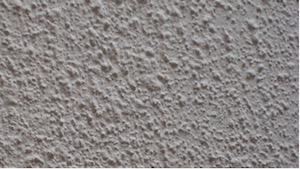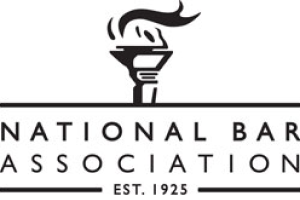Asbestos in Popcorn Ceilings

Popcorn ceilings were enormously popular from the 1950s to the 1980s. As this was a time of massive growth in the construction of homes and apartment buildings in Canada, there is no telling how many popcorn ceiling are still in place. This type of ceiling (also called stucco, acoustic or cottage cheese) were popular due to the ease of installation and the bumpy irregular surface concealed imperfections. It was also touted as being fire-resistant.
If your home contains popcorn ceilings, the question arises at to when should testing be done to confirm asbestos content, if any. Popcorn ceilings generally contained 1 to 10 percent asbestos. As we now know, there is no safe level of asbestos exposure. Thankfully, if the asbestos contained in your ceilings is not disturbed it poses no risk. If you are content to live with the look of the mottled surface, there is nothing you need to do, provided the surface of the ceiling is not disturbed in any way.
If you are planning a renovation, which may include scraping off the “popcorn” to update the look of your home, testing prior to the job being started will aid you in setting your budget and timeline. Testing is relatively inexpensive and will save you distress should it become an issue mid renovation and all work halted until the asbestos is abated. Forwarned is forearmed.
You can have an asbestos testing organization collect a sample, or you can collect the sample, wearing a mask, and ensuring that any dust released by sample collection is carefully removed with a wet paper towel and disposed of with the sample to the lab. The sample(s) should be at least two teaspoons and should be collected from multiple locations in the ceiling. Generally, if you live in a home built in the era of popcorn ceilings you will have other areas that could contain asbestos so the cost of professional testing vs risk to yourself becomes less difficult and should lean towards the retaining of an expert to give you the answer as to whether or not your home poses an asbestos hazard.
Removing of the popcorn required that it be scraped off which turns the asbestos products from stable to friable. Once the asbestos is friable it can easily become airborne it then poses a significant risk to you and your family. This is not a project that any do-it-yourselfer should take on as it requires hazmat suits and ventilation as well as hazardous materials disposal.
Often popcorn ceilings are left undisturbed, and therefore pose no risk for years, until the home is sold. New owners tend to want it GONE. When purchasing a home built before 1980 any renovation project should start with testing for asbestos.
Your general contractor should have an asbestos testing service on “speed dial” as with a busy renovation company this is an ongoing hazard to their employees. Worker’s Compensation premiums are very high in the construction industry, in part due to the hazard of undisclosed asbestos.
There are many other residential home asbestos products that should be tested at the same time as you are checking on the ceilings including sheet vinyl flooring, asbestos tiles, joint compound used when the drywall was installed, or possibly an old furnace or boiler.
Then we need to consider the exterior of your house. Asbestos siding? Asbestos shingles? Asbestos tar paper under the shingles? The list of possible asbestos hazardous materials is depressingly long.
The good news is that there are companies who dedicate their time to knowing how to test and remediate embedded asbestos from your home so that your renovation dreams can proceed!
The historic use of asbestos in construction materials has put both construction workers and homeowners at risk. If you or a loved one are suffering from an asbestos caused disease, contact us to discuss your compensation options.








